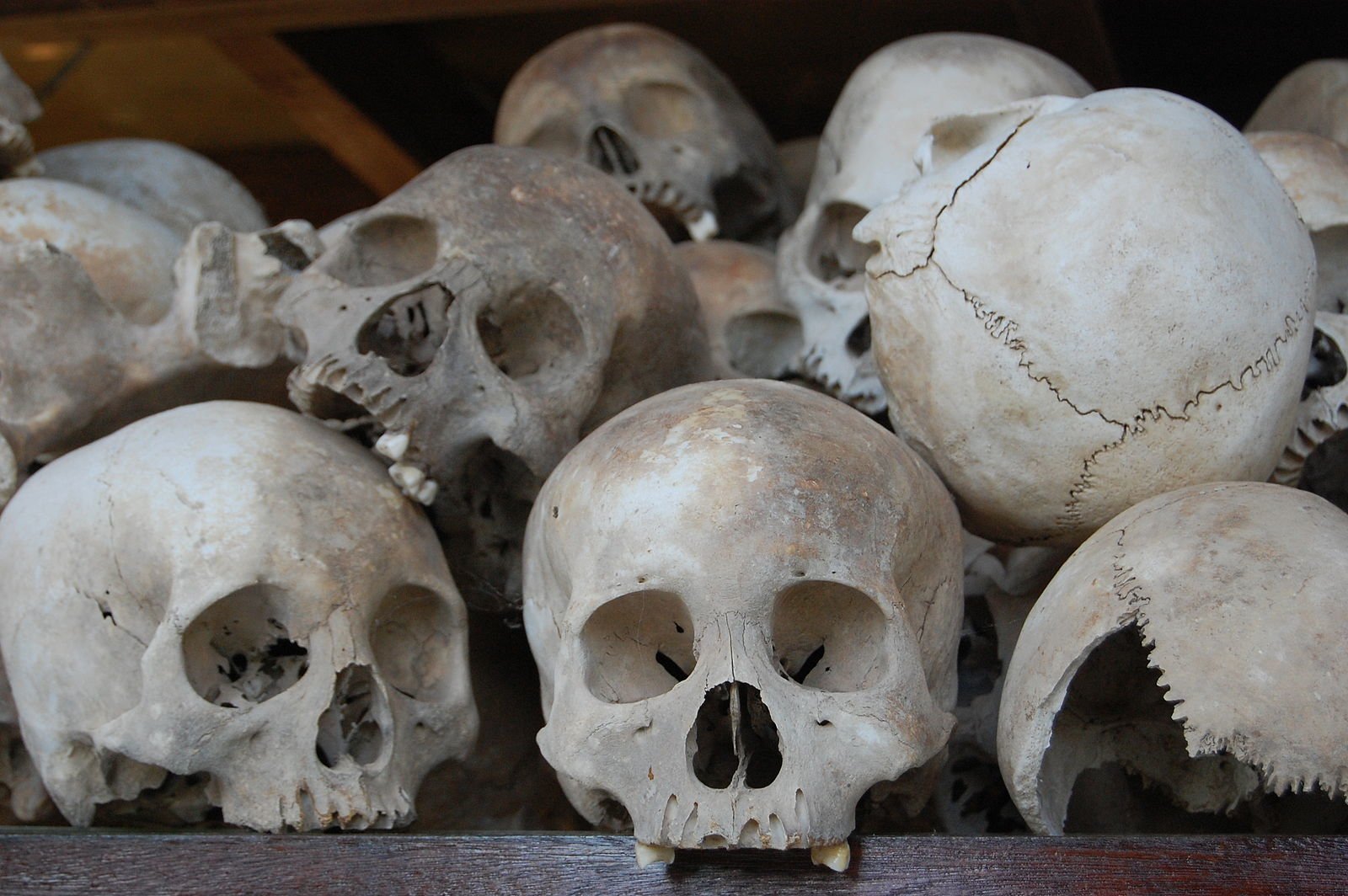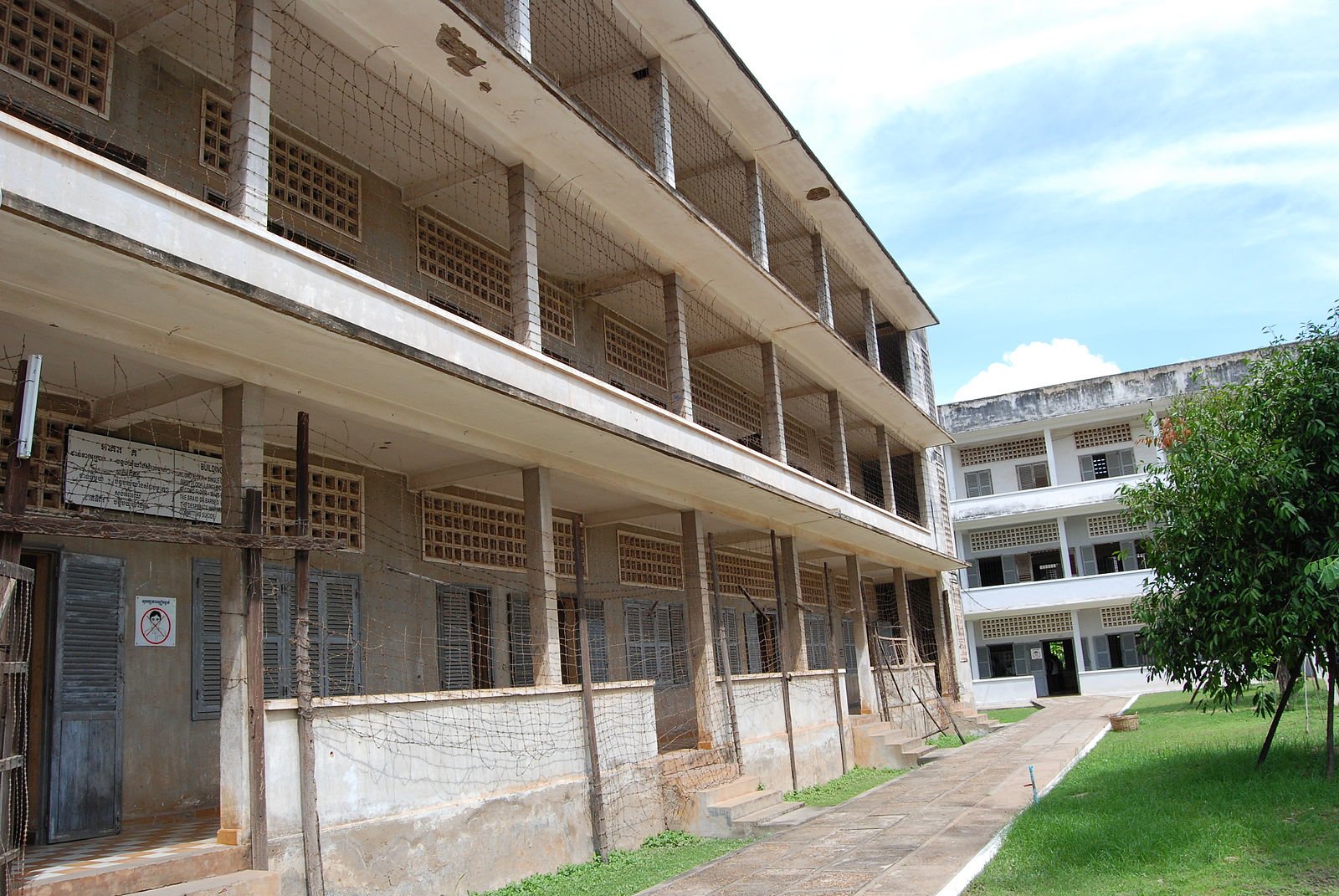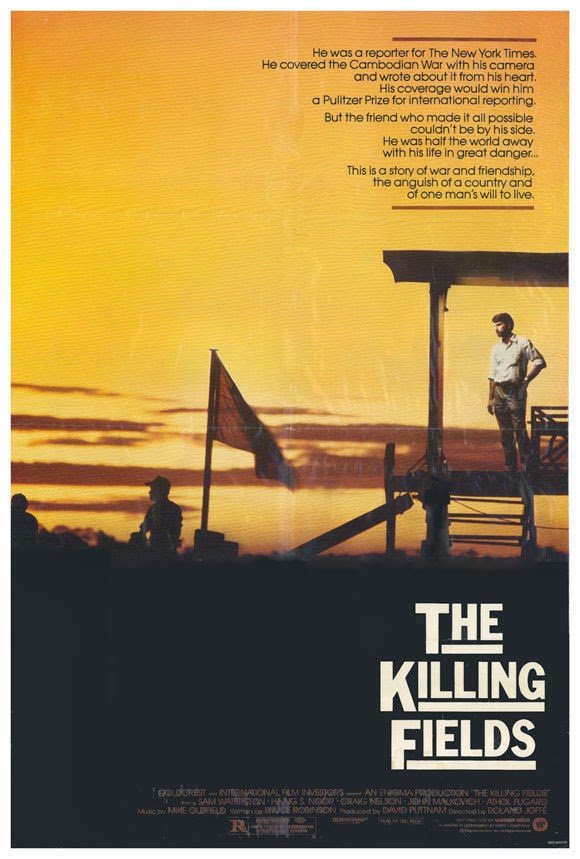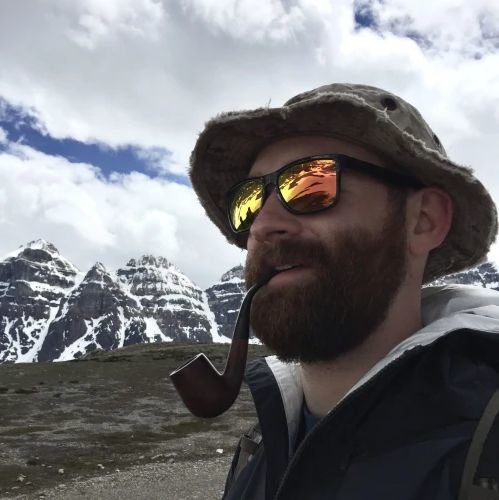‘The Killing Fields,’ the Khmer Rouge, and Nixon’s Cambodian Incursion

Human skulls on display in Cambodia’s killing fields.
Nestled in Cambodia’s ancient capital of Phnom Penh is an unassuming set of five buildings resembling a high school. That’s exactly what Tuol Sleng was before it was transformed into something much darker. Upon closer inspection, the buildings reveal signs of their more sinister past as Security Office 21.
It was here that the Khmer Rouge carried out mass executions, but that was just a fraction of the greater Cambodian genocide. Of the roughly 20,000 people sent to the prison, only 12 survived. Having claimed the lives of an estimated 1.2 million to 2.8 million people, the Cambodian genocide is second in scale only to genocides perpetrated by the Nazis. The genocide came as a result of the communist takeover of Cambodia, led by dictator Pol Pot. Pol Pot’s deadly reign lasted from 1975 to 1979 when a Vietnamese invasion overthrew the Khmer Rouge.

On April 30, 1970, five years before the start of Pol Pot’s deadly reign, US President Richard Nixon made the controversial decision to invade Cambodia as an extension of the Vietnam War. American ground efforts in Cambodia ceased after just two months, but an extended bombing campaign lasted three more years. Nixon proclaimed the brief invasion to be a major success, though it came at the price of 338 dead American troops. The continued heavy bombing further destabilized the country, contributing to the civil war through which the Khmer Rouge rose to power.
The Killing Fields
The communist atrocities were later immortalized in the 1984 film The Killing Fields, named after the infamous killing fields around Phnom Penh where the Khmer Rouge carried out mass executions. The film stars Sam Waterston as American journalist Sydney Schanberg and Haing Ngor as Cambodian journalist Dith Pran. Ngor, himself a survivor of the genocide, was not a professionally trained actor and became the first Asian actor to win the Best Supporting Actor award and the second Asian actor to win an Academy Award.

The film follows the two journalists as they risk their lives to document the violence in Cambodia. When Schanberg successfully flees the country, Pran is seized by communists and sent to a labor camp. Since the Khmer Rouge promptly executed anyone who appeared to have a formal education, Pran feigns ignorance and hides his true identity. He later escapes and makes his way on foot through the killing fields to a Red Cross camp, where he eventually reunites with Schanberg and flees to the United States.
Almost 40 years after its release, the film’s emotional impact continues to resonate with audiences. The Killing Fields’ historical accuracy gives the impression the viewers are watching a real genocide unfold before their eyes. It remains the best film regarding the Cambodian genocide to date, although 2017’s First They Killed My Father, written and directed by Angelina Jolie, is also worth watching.
Exploitation or Remembrance
Half a century after Nixon’s incursion, Cambodia’s notorious killing fields are visited by thousands of tourists every year. The annual tidal wave of tourism has sparked a complicated question: Are Cambodia’s killing fields a vital warning against genocide or the most glaring example of “dark tourism”?
Unlike the Holocaust museums and memorials worldwide, reminders of the atrocities carried out by communists in Southeast Asia are confined mainly to the region. But while the monument in Phnom Penh is an important reminder, it feels inappropriate to see crowds of tourists taking selfies in front of fields still littered with human bones. Tourists take photographs next to trees once used for smashing infants, then continue on to towers of human skulls — skulls with single holes in them, indicating the Khmer Rouge’s use of pickaxes for execution in an attempt to conserve bullets.

While guests are encouraged to remain respectful during their visit, there is no shortage of people treating the experience as a morbid indulgence.
An episode of the documentary series Dark Tourist shed light on some of the ways Cambodian locals exploit the gruesome history of the Khmer Rouge. A short distance from the memorial at Phnom Phen, tourists can rent weapons, ranging from AK-47s to RPGs, and shoot them at various targets — including live cows.
That’s right — you can visit the site of one of humanity’s greatest tragedies, then choose a weapon left over from the regime to execute cows in the very fields where so many innocent lives were snuffed out. With an economy that relies on tourism, it’s hard to know whether to condemn the Cambodians for exploiting their own genocide or the tourists who spend money to participate in it.
There are no easy answers, just as the complexity of Cambodia’s tragic history is not black and white. It’s important to reflect on America’s past role in the region and the suffering brought on by the subsequent communist dictatorship. In preventing the memory of Cambodia’s genocide from fading, revisiting films such as The Killing Fields is the best place to start.
Read Next: 50 Years Ago Today, Nixon Made the Controversial Decision to Invade Cambodia

Mac Caltrider is a senior staff writer for Coffee or Die Magazine. He served in the US Marine Corps and is a former police officer. Caltrider earned his bachelor’s degree in history and now reads anything he can get his hands on. He is also the creator of Pipes & Pages, a site intended to increase readership among enlisted troops. Caltrider spends most of his time reading, writing, and waging a one-man war against premature hair loss.
BRCC and Bad Moon Print Press team up for an exclusive, limited-edition T-shirt design!
BRCC partners with Team Room Design for an exclusive T-shirt release!
Thirty Seconds Out has partnered with BRCC for an exclusive shirt design invoking the God of Winter.
Lucas O'Hara of Grizzly Forge has teamed up with BRCC for a badass, exclusive Shirt Club T-shirt design featuring his most popular knife and tiomahawk.
Coffee or Die sits down with one of the graphic designers behind Black Rifle Coffee's signature look and vibe.
Biden will award the Medal of Honor to a Vietnam War Army helicopter pilot who risked his life to save a reconnaissance team from almost certain death.
Ever wonder how much Jack Mandaville would f*ck sh*t up if he went back in time? The American Revolution didn't even see him coming.
A nearly 200-year-old West Point time capsule that at first appeared to yield little more than dust contains hidden treasure, the US Military Academy said.












